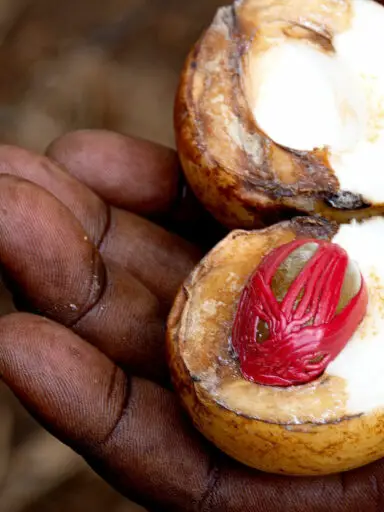Carrots are mildly sugary and crunchy biennial root vegetables. They are usually orange in color. We say usually because there are purple, black, red, white, and yellow varieties. They can be stored for several months in the refrigerator and are usually grown from seeds.
They can take up to four months to mature with some varieties taking three months. They grow best out in the sun and with plenty of moisture. Fresh carrots are readily available in the markets. When purchasing one needs to look for bright and hard taproots as these are the fresh ones. Those that have soft and flabby roots are not fresh.
Carrots Used in Cooking recipes
Though edible, normally you want to thoroughly wash the root and scrape off the skin with a peeler. Both ends are then cut off. The root can be eaten raw. Boiling the carrots to soften them releases more nutrients as well.
Carrot can be used in salads, vegetable dishes, meat stews, rice recipes, desserts, cakes, soups, puddings and juices, and more. It can blend with a variety of vegetables be it in stews or salads. Carrot is commonly used with potatoes, onions, garden peas, tomatoes, celery, and others.
The root is also an essential ingredient in the preparation of mirepoix which is a combination of carrot, onion, and celery vegetables used in making sauces, stews, and soups.
Carrot can be prepared, sliced, julienne, cubed, diced, grated, or pureed.
Nutritional Benefits
The roots contain high quantities of alpha and beta-carotene. They are a good source of vitamin K and vitamin B6. They also contain thiamin (vitamin B1), riboflavin (vitamin B2), and niacin (vitamin B3). Also present is vitamin C.
Carrots also contain an assortment of minerals such as manganese, phosphorous, potassium, copper, and sodium. They are rich in antioxidants and dietary fiber and provide only 41 calories per 100 g. They contain trace amounts of fat and no cholesterol.



